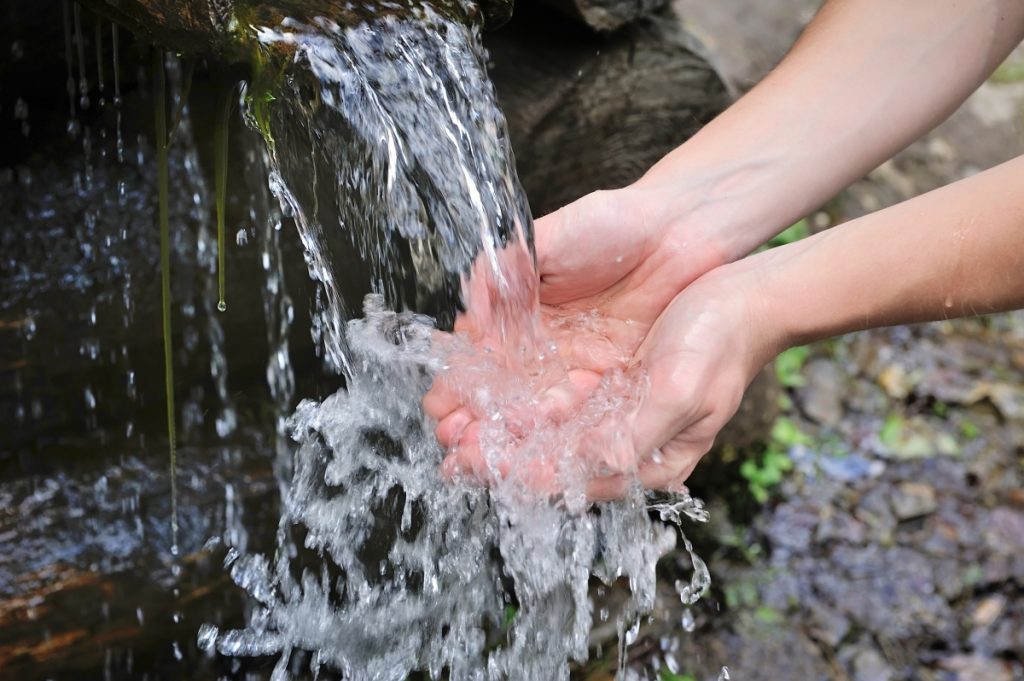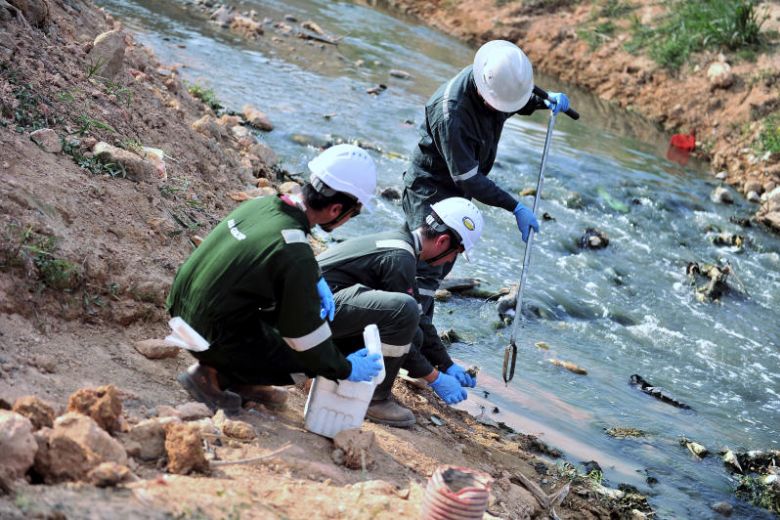Access to clean drinking water is vital for our survival. Our lakes and rivers serve as domestic, industrial, agricultural, hydroelectric, navigational, and recreational sources of water. As 98% of the Malaysia’s freshwater supply originates from rivers, the state of our river systems is a grave concern.

Unfortunately, the onslaught of pollution caused by rapid urbanisation and population growth has severely decreased water quality. Factors such as human, industrial, commercial, farming and transportation wastes that trickle into the water supply has seriously escalated levels of water pollution. This is especially evident in Malaysia where several incidences of water pollution have resulted in mass hospitalization and water disruption to over a million households.
Dead & Dying Rivers
In February 2019, the Minister of Energy, Science, Technology, Environment and Climate Change Yeo Bee Yin revealed there were 25 ‘dead’ rivers in Malaysia – 16 in Johor, 5 in Selangor, 3 in Penang and one in Malacca. These are categorised as Class 4 and 5 rivers that are exceedingly polluted and in which aquatic life cannot survive.

In fact, Sungai Kim Kim became a household name less than a month later after reports emerged that 103 students and residents had to be hospitalised due to gas poisoning. Within a few days, over 1,000 people were hospitalised as the gas through their respiratory tract and skin, causing headaches, nausea, fainting spells and breathing difficulties.
Investigations showed that the gas was emitted by chemicals dumped into the river. Early intervention by authorities saw the toxic waste promptly cleaned up and stopped the toxic gas emissions. A mere week later, chemical waste was detected in the Klang River by the Selangor Water Management Authority.
In June 2019, another crisis occurred as Sungai Semenyih in Selangor was afflicted by a foul odour caused by effluents from an oil palm processing plant. The Semenyih treatment plant was forced to shut down temporarily and disrupted water supply to 377,141 households.
Who Do We Blame?
Almost half of the main rivers in Malaysia are severely polluted as a result of public apathy, limited enforcement, and weak laws and regulations. Drains, streams and rivers have been regarded as convenient waste disposal channels. Poor solid waste management, sewage systems and industrial waste disposal also contribute to the high levels of organic pollutants in our rivers.

Yet the central issue that remains unresolved is the careless actions by wet markets, livestock farms, restaurants, food stalls, squatters, licensed and unlicensed factories, as well as the individuals who dispose of their rubbish indiscriminately. As long as people do not regard the river as a living entity that plays an important role in their lives, the pollution issue will persist.
Government Steps In
The Water, Land and Natural Resources Ministry was in the midst of drafting a comprehensive Water Resources Bill as of April 2019 to clamp down on water pollution.

According to its Minister Dr Xavier Jayakumar, the bill would empower all states to enhance the management, control and enforcement of their water resources. The bill was among the initiatives taken by the government to address the problem of water resource pollution nationwide and in response to the condition of more than 20 rivers being classified under Class 3. These rivers needed intensive treatment or would likely end up dead if nothing was done.
The importance of protecting our water sources, including rivers, seas, lakes, dams, and reservoirs, was recognised by Parliament through the enactment of the Water Services Industry Act 2006, which gives the Federal government executive authority in respect of all matters relating to water supply systems and services. The legislation provides for severe penalties for offences, signifying the gravity of the issue of water safety.
The authorities must constantly monitor the activities of factories along the river while factory operators must comply with the regulations and not think of profits alone by dumping their waste into the river. The local communities, meanwhile, should serve as the eyes and ears of the local authorities and report any suspicious activities.

